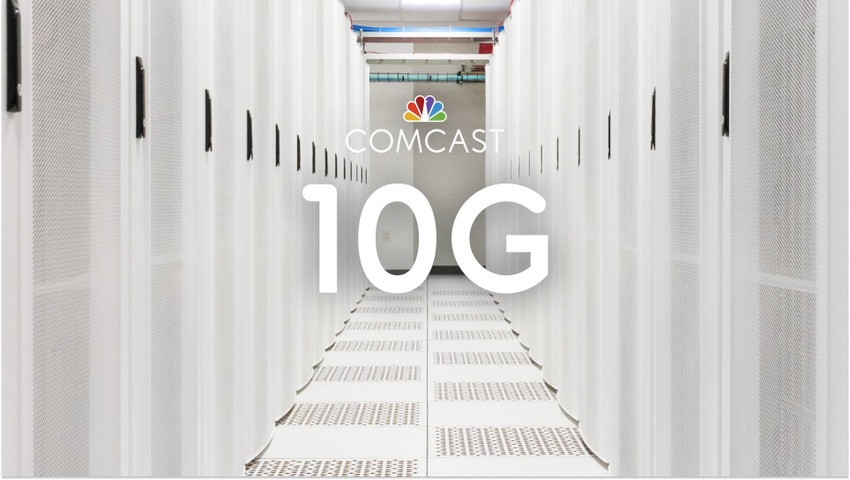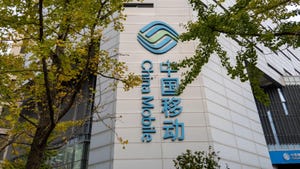Ad watchdog urges Comcast to drop or alter '10G' ad claims
Comcast is appealing a decision by the National Advertising Division recommending that the company drop or amend its use of '10G' in ads. The NAD decision stems from challenges raised by Verizon and T-Mobile.

In a blow to how Comcast is marketing its network and speed upgrades, an ad watchdog has recommended that Comcast drop or alter the use of "10G" in its broadband-focused advertising.
Comcast is appealing the National Advertising Division's decision, which stems from a challenge raised by Verizon.
Comcast has been marketing the "Xfinity 10G Network" brand in television and online ads, including this TV ad that debuted during Super Bowl LVII in February, amid the operator's upgrades to DOCSIS 4.0 and its more limited use of fiber-to-the-premises (FTTP) technologies.
Update: In a separate announcement, NAD also recommended that Comcast discontinue or modify "10G" claims in a different challenge raised by T-Mobile. However, NAD also found that Comcast provided reasonable basis to use its "next generation" claim for its Xfinity 10G Network based on upgrades to the operator's network reliability, lower latency and other features.
'10G' is bigger than Comcast
The NAD's decision on 10G advertising could have broader repercussions. The cable industry introduced its "10G" campaign and branding mark in 2019 to signal the industry's move toward symmetrical 10-Gig speeds, enhanced security and lower latencies via a mix of HFC, fiber and wireless access network technologies. Other operators, such as Mediacom Communications, are currently using the 10G mark. Industry orgs such as CableLabs and NCTA – The Internet & Television Association also tout 10G, and the industry has erected a site dedicated to the initiative.

(Source: NCTA and CableLabs) NCTA and CableLabs introduced the 10G brand and initiative at the 2019 Consumer Electronics Show.
Comcast's residential broadband service over hybrid fiber/coax (HFC) currently tops out at 2 Gbit/s, and emerging DOCSIS 4.0 upgrades will put the operator in position to offer speeds up to 10 Gbit/s (at least in the downstream). Comcast also offers Gigabit Pro, a more targeted and pricier FTTP service that delivers 10-Gig symmetrical speeds.
10G an 'express claim'
NAD is urging Comcast to drop its 10G ads or alter them in a way that makes it clear that Comcast "is implementing improvements that will enable it to achieve 10G and that 10G is aspirational or use '10G' in a manner that is not false or misleading."
NAD said it concluded that Comcast's use of 10G to describe its entire network is an "express claim." Comcast's 10G claim, the organization explained, conveys a message that all consumers on the network can get speeds up to 10 Gbit/s. But such a claim is not substantiated, NAD argued, given that such speeds are currently available to residential customers only on Comcast's fiber-based Gigabit Pro service.
Coincidentally, the recommendation handed down by the NAD was announced the day after Comcast launched symmetrical data speeds up to 2 Gbit/s in Colorado Springs over its new DOCSIS 4.0-powered network. Comcast plans to introduce similar D4.0-based offerings, under the "X-Class Internet" brand, in Atlanta and its hometown of Philadelphia later this year.
NAD's recommendation stems from Verizon's challenge on the name "Xfinity 10G Network" and Comcast's broader "10G" claim.
Verizon competes on the broadband front against Comcast with its fiber-based Fios network in several markets in the Northeastern US. Verizon also happens to be a partner to Comcast via an MVNO agreement that underpins the cable operator's Xfinity Mobile service.
About the Author(s)
You May Also Like












